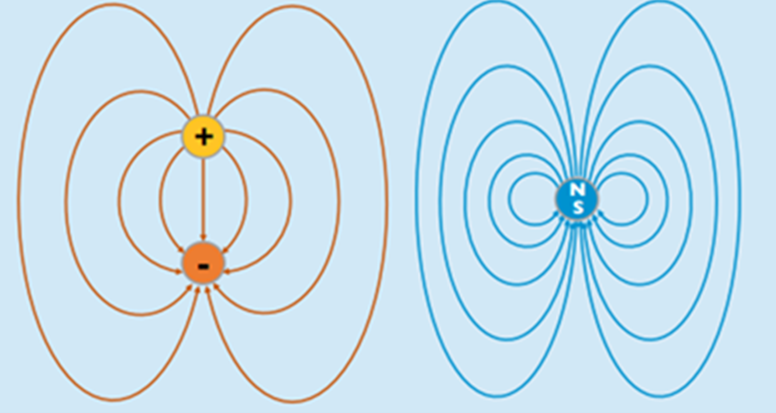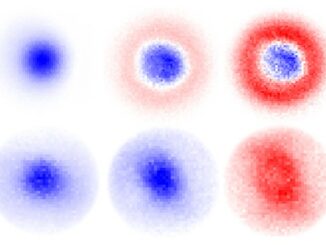One year ago, the 50-foot-wide Muon g-2 electromagnet arrived at DOE’s Fermi National Accelerator Laboratory in Illinois after traveling 3,200 miles over land and sea from Long Island, New York. This week, the magnet took the final few steps of that journey, moving across the Fermilab site and into the new building that now houses it.

The gigantic electromagnet is the centerpiece of Fermilab’s Muon g-2 experiment, which will investigate the properties of an elusive subatomic particle called the muon to search for the presence of heavy, undiscovered particles or hidden subatomic forces.
Muons are the heavy cousins of electrons. The new experiment will study how muons “wobble” when placed in a magnetic field. In the 1990s, an experiment using this electromagnet at DOE’s Brookhaven National Laboratory saw evidence for, though not definitive proof of, a departure from the particle’s expected behavior.
Fermilab’s accelerator complex can generate a more intense and pure beam of muons, so the new experiment should be able to provide a definitive answer.
“The arrival of the magnet one year ago, and the move to the newly completed building this week, are both testaments to the years of planning and work by the entire Muon g-2 collaboration,” said David Hertzog, professor at the University of Washington and co-spokesperson for the Muon g-2 experiment. “It’s an important milestone, and cause for celebration.”
Muon g-2 is the first of two muon experiments planned for Fermilab. Both the Muon g-2 and the Muon-to-Electron Conversion (Mu2e) experiment were specifically recommended in the recent report by the Particle Physics Project Prioritization Panel, a document that serves as a road map for US particle physics for the next 20 years. The P5 report was approved by the High Energy Physics Advisory Panel, which advises both the DOE and the National Science Foundation.



